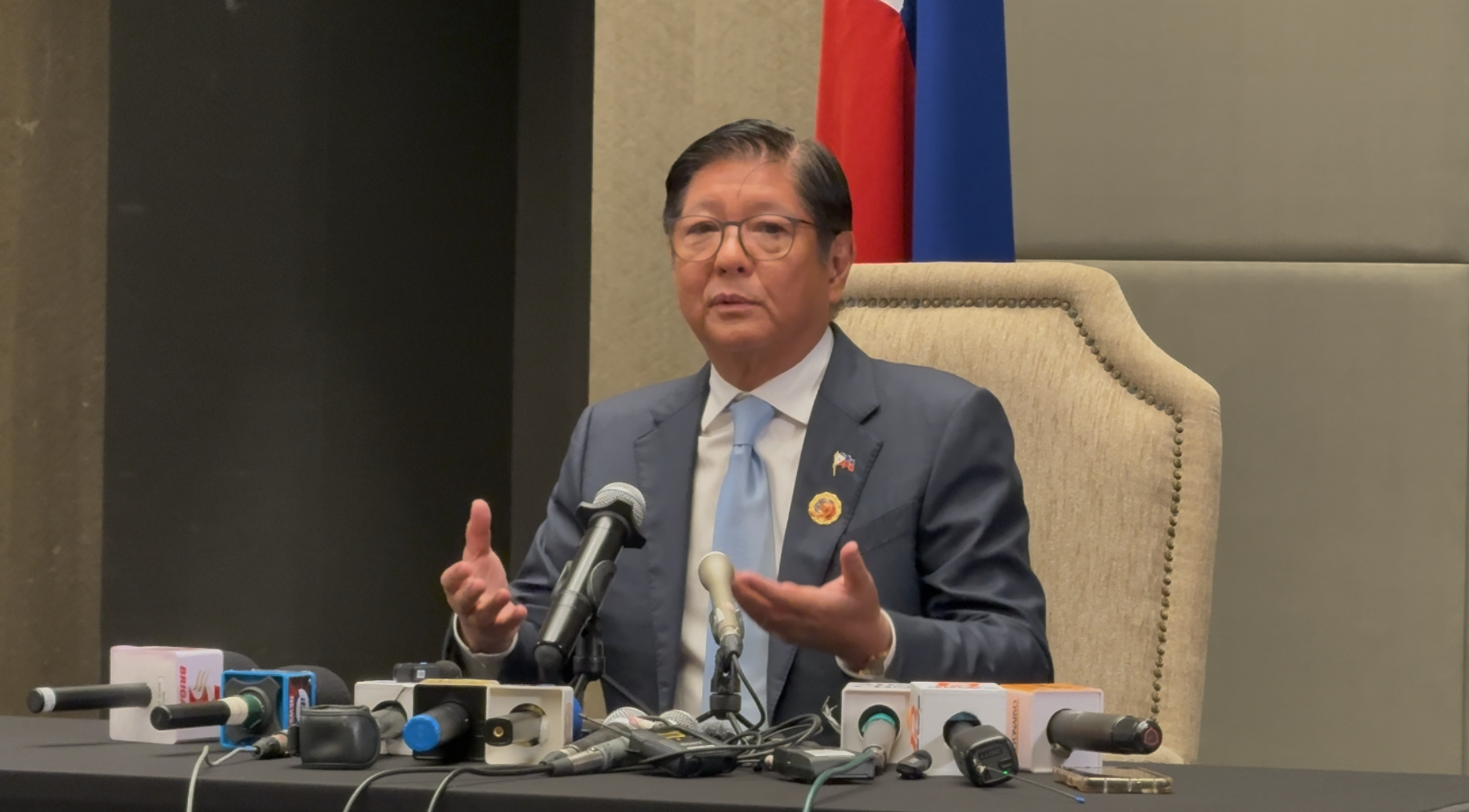Discordant notes

General Santos City—If this year were a musical piece, it would be one with several discordant notes in it—something that even those who do not appreciate music will consider a punishment to hear.
After last year’s general elections, many constituents looked forward to a “new Philippines” with bright promises of rice prices to be down to P20 per kilo; and for everyone to unite toward a more progressive country. Some friends here were also looking forward to receiving a windfall of P1 million to be deposited to their bank accounts, which was promised to them by the campaigners of now President Marcos.
But as Mr. Marcos embarks on his third year in office, these and a lot more promises have not been fulfilled, creating widespread disillusionment that has evolved into disgust at being conned once more by another Marcos.
During his inauguration in June 2022, Mr. Marcos spoke on familiar themes that harked back to the “New Society” days of his father, when the country was put in a highly securitized mode—with “discipline” as the main ingredient in forging a developed country. “Sa ikauunlad ng bayan, disiplina ang kailangan. (For a country to develop, discipline is needed).” We realized later that it was another form of discipline—via martial law.
Since September, prices of rice have risen to their highest level of 17.9 percent for the year, after an 8.7-percent increase just a month before, according to the Philippine Statistics Authority (PSA). On Aug. 31, Executive Order No. 39 was signed by Mr. Marcos, putting a cap on the price of regular milled rice per kilo at P41 and well-milled rice at P45. This EO became the rallying point for many retailers who had to bear huge losses since they had bought rice in bulk long before the price cap order was issued, as many of them claimed.
The government responded with its usual knee-jerk reaction to the complaints, providing retailers with a special subsidy to cover their losses. But many farmers’ groups raised howls of protest—they are after all the losers in the rice trading process since millers buy their palay at very low prices and sell the milled rice to retailers at more than double the farmers’ palay prices. Lowly farmers are not provided subsidies that support them in times when the weather is not favorable to rice cultivation, during droughts or flooding, or when pests ravage their rice farms.
Then, just a month later, in October, the Office of the Executive Secretary released EO 42 which lifted the price caps that were imposed by EO 39.
All these problems related to the runaway prices of rice took place when Mr. Marcos designated himself the agriculture secretary. As we end this year, rice prices once again soared to P48.84 per kilo, an increase of P1.42, according to a report issued by the PSA last week. In a television interview, the president of the Federation of Free Farmers’ Cooperative questioned why this is happening amid government pronouncements of a stable rice supply, given the recent harvesting season from many of the country’s rice-producing provinces. Ironic because the Department of Agriculture has issued a statement that 2023 is a good harvest year for the country.
And because EO 42 that lifted the price caps on rice is now in force, retailers are free to set the prices of rice at whatever profit levels they desire, causing a lot of headaches for many families who live on the measly daily wages of their respective household heads.
On the transportation front, we hear daily complaints from transport groups—one federation has staged a “tigil pasada” or stoppage of its jeepney operations recently. This was a move to strongly urge the government to reconsider the Dec. 31 deadline of forcing jeepney operators to shift to “modernized” jeepney units—at the risk of losing their franchises to operate their old passenger jeepney units.
As many Filipinos commute to work daily, the constant increases in the transport fares are quite a heavy burden for them, considering that their daily wages and monthly salaries do not increase as quickly as prices of basic commodities do, especially that of rice.
But amid all these efforts toward the modernization of a widely used commuter vehicle—the iconic Philippine jeepney—some nagging issues about these don’t sit well with both jeepney operators and the commuting public.
(More next week)
—————-Comments to rcguiam@gmail.com

















